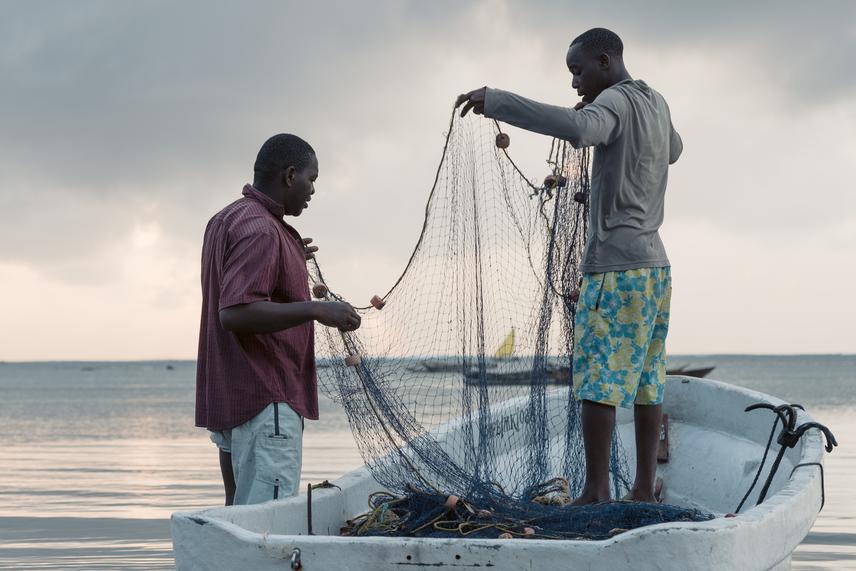Clare Thouless
Coastal shark and ray populations in Kenya are severely depleted, but very little is known about their current distribution, abundance, and threats. Conservation and management measures are required to prevent the further decline and local extinction of sharks in Kenya, but efforts are likely to have limited success given the current lack of knowledge. The shark fishery in Kenya is currently unsustainable and the numbers of juveniles caught suggest local extinctions may occur if shark and ray populations are not protected. This project responds to the urgent need for comprehensive shark and ray conservation in Kenya's coastal regions. The project, which is part of my PhD research and a CORDIO East Africa initiative to develop an effective shark conservation strategy for Kenya, employs a mixed-methods approach, combining targeted questionnaires, key informant interviews, and participatory mapping to harness local ecological knowledge (LEK) from coastal fishers. In the absence of robust regulations governing shark fishing in Kenya, this study seeks to bridge critical knowledge gaps by mapping historical and current fishing grounds, identifying crucial habitats, and assessing species diversity and abundance.

Kenyan artisanal fishers using a gill net. ©CORDIO East Africa.
The project aims to empower coastal communities through three key outcomes. Firstly, it will inform subsequent research using advanced techniques like acoustic tagging and baited remote underwater video systems (BRUVS). Secondly, the gathered data will be disseminated to local communities and Beach Management Units (BMUs), fostering a deeper understanding of fishing grounds and encouraging discussions about responsible resource management. Lastly, the research outcomes will contribute to the development of targeted conservation and management measures at both governmental and community levels, recognizing the vital role sharks play in the ecosystem and advocating for long-term policies that prioritize their protection. Spanning five coastal counties and Mombasa, this project focuses on artisanal fishing communities, recognizing the socio-economic importance of sharks in Kenya's coastal ecosystem and addressing the imminent threat of overfishing. With a multifaceted methodology encompassing key informant interviews, participatory mapping and structured interviews with fishers, this research aims to provide a comprehensive understanding of the challenges and opportunities for shark and ray conservation in Kenya's coastal waters, with an overarching goal of advocating for policies that ensure their long-term preservation.
Header: A juvenile hammerhead captured in Kipini, Kenya. ©CORDIO East Africa.